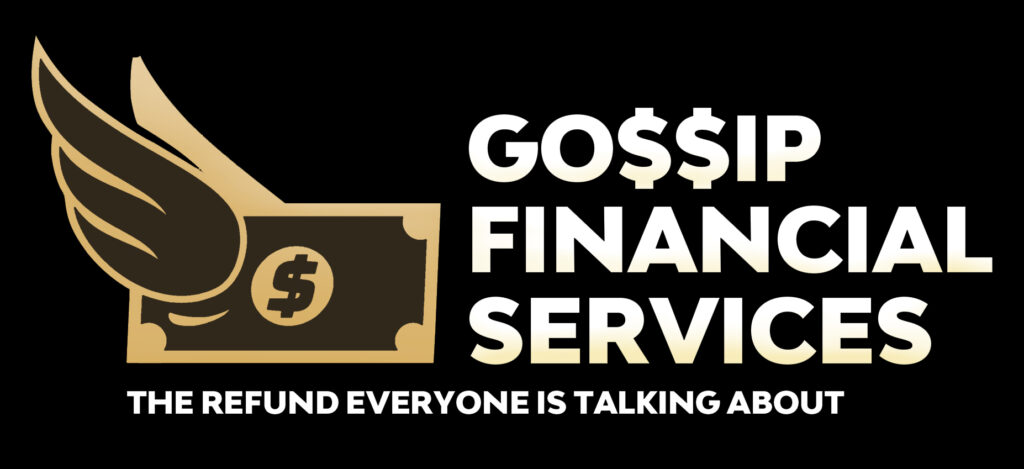- Home
- 4575 S Westmoreland Rd, Dallas, TX 75237
- Send Us Email
Tax Tips
The IRS will begin to release EITC/ACTC refunds starting February 15. However, the IRS also advises filers not to count on actually seeing their refunds until the week of February 27. The most reliable way for filers to track the status of their refund is to use the “Where’s My Refund?” tool available on IRS.gov.
The standard deduction amounts will increase to $12,555 for individuals, $18,800 for heads of household, and $25,100 for married couples filing jointly and surviving spouses.
As of July 15, 2021, families with children will be eligible to receive up to $3,600 per child under the age of six, or $3,000 per child under the age of 18. The credit would come as a monthly payment of up to $300 for each child under the age of six, and up to $250 for children between the ages of six and 17.
The American opportunity tax credit (AOTC) is a credit for qualified education expenses paid for an eligible student for the first four years of higher education. … If the credit brings the amount of tax you owe to zero, you can have 40 percent of any remaining amount of the credit (up to $1,000) refunded to you.
A Taxpayer Identification Number (TIN) is an identification number used by the IRS in the administration of tax laws. A Social Security number (SSN) is issued by the SSA whereas all other TINs are issued by the IRS.
ALL TAXPAYERS CLAIMING EITC MUST MEET THESE RULES:
Rule 1- Adjusted gross income (AGI) limits
Your adjusted gross income (AGI) must be less than:
- $49,194 ($54,884 for married filing jointly) if you have three or more qualifying children,
- $45,802 ($51,492 for married filing jointly) if you have two qualifying children,
- $40,320 ($46,010 for married filing jointly) if you have one qualifying child, or
- $15,270 ($20,950 for married filing jointly) if you do not have a qualifying child.
- Rule 2- you must have a valid social security number (SSN)
- Rule 3- your filing status cannot be married filing separately
- Rule 4- you must be a United States citizen or resident alien all year
- Rule 5-you cannot file form 2555 or form 2555-ez
- Rule 6- your investment income must be $3,500 or less
- Rule 7-you must have earned income of at least $1
- Rule 8-your child must meet the relationship, age, residency, and joint return tests
- Rule 9-your qualifying child cannot be used by more than one person to claim EITC
- Rule 10- you cannot be a qualifying child of another taxpayer
- Rule 11-you must be at least 25, but under age 65 (if no qualifying child)
- Rule12-you cannot be the dependent of another person
- Rule 13-you must have lived in the United States more than half of the year
About 60% of EITC errors fall into three key categories:
- claiming a child who does not meet the relationship or residency test
- over-or-under reporting income or business expenses to maximize the credit
- filing as single or head of household when legally married
If you received an Identity Protection PIN, or IP PIN, in the past, then you must provide this number on your tax return not only this year but on all future tax returns. An IP PIN is a six-digit number assigned to eligible taxpayers that helps prevent fraudulent returns from being filed under your Social Security number. Remember, the IP PIN is your friend in getting the IRS to accept your tax return. However, this is no ordinary IP PIN, as it changes every year. You read that correctly: every year! If you do not receive the notification in the mail, you will need to go to the IRS website to retrieve it.
A business typically needs to get an Employer Identification Number to use as an identifier for tax purposes (like a business SSN). Check IRS.gov to find out whether you will need this number, and, if so, you can apply for an EIN free online.
You’re guaranteed an installment agreement for a balance of $10,000 or less as long as you’ve filed your returns and paid taxes on time for the past five years and you agree to pay off the current bill within three years. You’ll pay a one-time fee plus a late-payment penalty and interest for each month the agreement is in effect.
For amounts higher than $50,000, you must submit IRS Form 9465 to apply and Form 433-F to detail your assets, liabilities and income.
A homeowner typically receives Form 1099-A from his lender after his home has been foreclosed upon. The information on the form is necessary to report the foreclosure on your tax return. You might receive multiple Forms 1099-A for a single property if you had more than one mortgage or lien against it and more than one lender was involved in the foreclosure.



